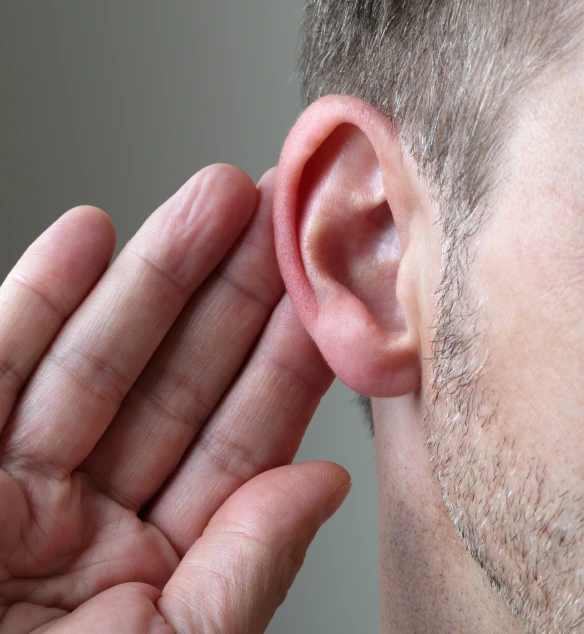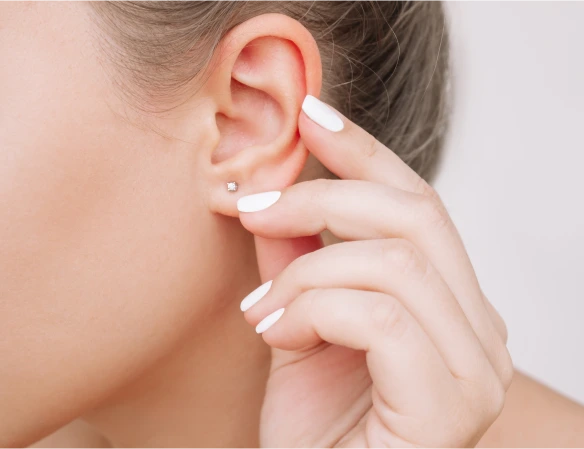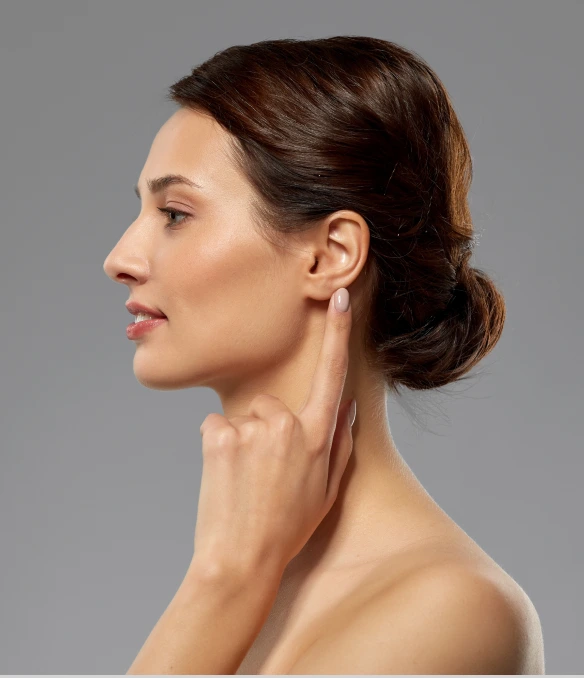At Flourish Surgical Arts, we use various methods of earlobe repair, which are chosen depending on the extent of the damage and what the patient wants to achieve. These may include different ways of incisions, surgical access, and tissue removal, all adapted to what is best for a particular patient:

During the consultation, Dr. Nesiba examined the earlobe and determined the appropriate way to repair it. He listens to the patient’s concerns and what they want to achieve. Then, he takes photographs to compare with post-surgical results. Dr. Nesiba also goes over the medical history to make sure the patient is a good candidate for the procedure.
Further testing or examinations may be ordered to ensure safety and suitability for surgery. These may include skin conditions and surgical history if necessary. Active infections or other health conditions can make a patient ineligible for surgery.
Marking and Anesthesia: On the day of surgery, Dr. Nesiba outlines the areas of the earlobe that need to be repaired. Local anesthesia is used to keep patients comfortable throughout the procedure. Mild sedation may sometimes be added to increase comfort.
Incisions and Repair: Our surgeon performs small, precis incisions based on the chosen method, whether it requires simple sutures, Z-plasty, or W-plasty, depending on the extent of the tear. He then carefully stitches the earlobe tissue back together to a normal anatomical shape and contour. In more involved cases, additional tissue can be added to enhance the volume and outline of the earlobe.
Closing the Incisions: Finally, Dr. Nesiba closes the incisions with fine sutures after the earlobe is reshaped. The procedures generally take 30 minutes to an hour, depending on the complexity of the repair.
Initial Consultation and Testing
During the consultation, Dr. Nesiba examined the earlobe and determined the appropriate way to repair it. He listens to the patient’s concerns and what they want to achieve. Then, he takes photographs to compare with post-surgical results. Dr. Nesiba also goes over the medical history to make sure the patient is a good candidate for the procedure.
Further testing or examinations may be ordered to ensure safety and suitability for surgery. These may include skin conditions and surgical history if necessary. Active infections or other health conditions can make a patient ineligible for surgery.
The Surgery
Marking and Anesthesia: On the day of surgery, Dr. Nesiba outlines the areas of the earlobe that need to be repaired. Local anesthesia is used to keep patients comfortable throughout the procedure. Mild sedation may sometimes be added to increase comfort.
Incisions and Repair: Our surgeon performs small, precis incisions based on the chosen method, whether it requires simple sutures, Z-plasty, or W-plasty, depending on the extent of the tear. He then carefully stitches the earlobe tissue back together to a normal anatomical shape and contour. In more involved cases, additional tissue can be added to enhance the volume and outline of the earlobe.
Closing the Incisions: Finally, Dr. Nesiba closes the incisions with fine sutures after the earlobe is reshaped. The procedures generally take 30 minutes to an hour, depending on the complexity of the repair.
Immediate Recovery
First Weeks
Long-Term Outcomes




Gravity can greatly impact the earlobe, especially over time andfrom wearing very heavy and dangling earrings. In this case, if the patient’s ears have stretched out or are misshapen, earlobe repair can return them to normal.

The ear’s natural shape can be restored by repairing the ear lobe, which will reverse stretching and tearing. It does not matter if they were due to too many piercings or injuries. With improved facial proportionality, this surgery transforms the earlobe into a young-looking one.

The average cost of an earlobe surgery in Denver, CO, ranges between $1,000 and $2,500. The total cost covers the cost of the operating surgeon, anesthetics, and all operating charges, with everything else that may be required to be taken care of. Some of the factors that may affect the pricing are the degree of earlobe damage, complexity employed during reconstruction, and other supplementary treatments. Some may also want to get an earlobe reduction as an add-on procedure. Patients who require ear surgery can book an appointment with Dr. Nesiba. Here, they will get expert advice and precise quotes based on their expectations.
